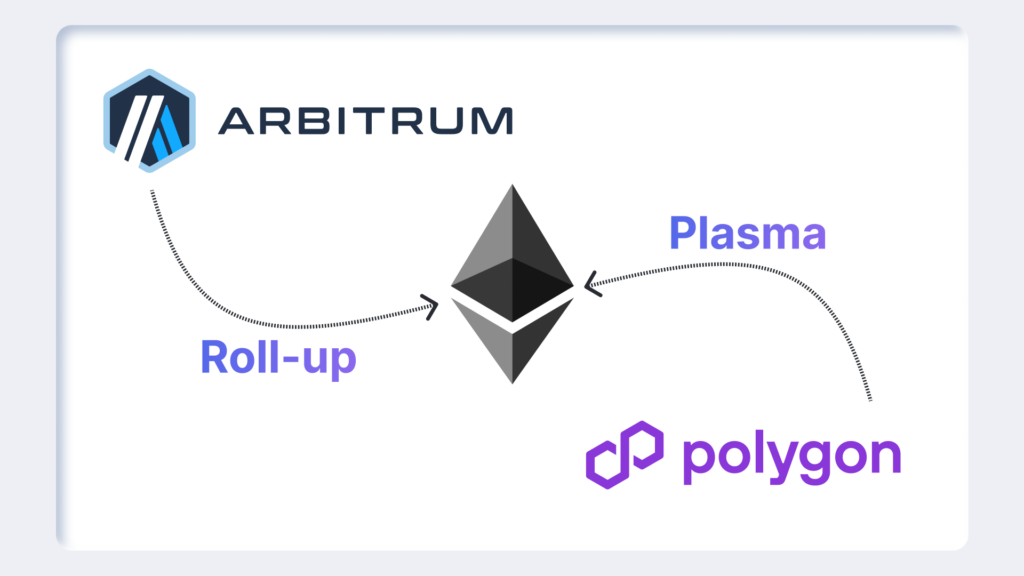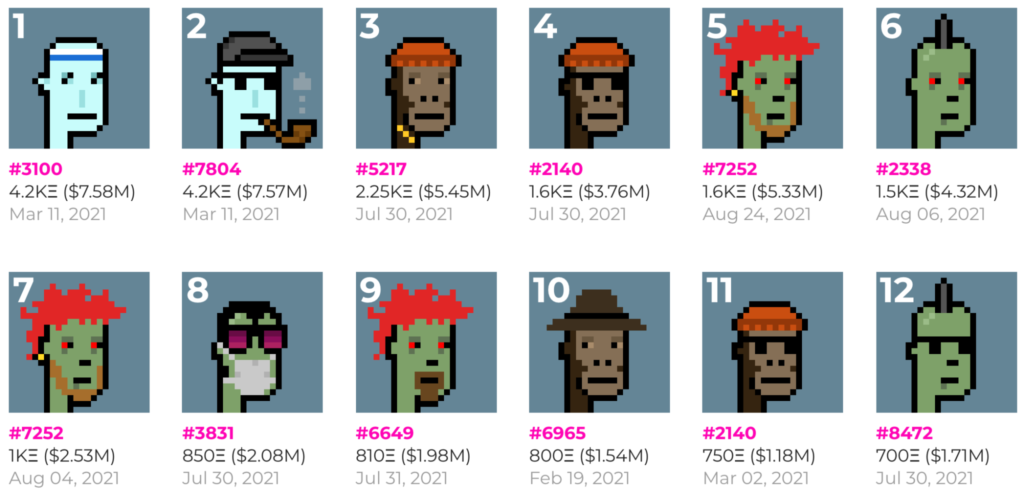Deloitte’s Center for Financial Services has done the math, and the numbers are staggering: by 2035, more than $4 trillion worth of global real estate could be represented on public or permissioned blockchains—up from under $300 billion today. That projection, delivered in a new report on April 24, implies a compound annual growth rate north of 27% and signals a structural shift in how the world buys, sells, and manages its most tangible asset class.
Why the optimism? Tokenization promises fractional ownership, 24/7 trading, and almost friction-free settlement. Instead of ponying up millions for an entire apartment building, an investor might soon snap up $10,000-worth of digital shares backed by rent-generating units in São Paulo or Singapore, with the tokens settling in minutes on-chain. Those tokens could be bundled into portfolios, collateralized for loans, or swapped peer-to-peer without escrow delays.
But technology is only half the story. “Real estate itself is undergoing transformation,” explains Chris Yin, co-founder of RWA-focused Plume Network. Post-pandemic work patterns have hollowed out downtown offices, forcing owners to hunt for new uses—from AI data centers to logistics hubs—while climate risk reshapes coastal valuations. Investors want precise, programmable exposure to these niches, and blockchain’s ledger can encode that nuance.
Macroeconomics add fuel. US import tariffs and bruising geopolitics have driven capital toward safe harbors: stablecoins, tokenized treasuries, even gold. Juan Pellicer of IntoTheBlock notes that tokenized gold volume recently cracked $1 billion, its highest level since the 2024 banking scare. If digital gold is the warm-up, tokenized buildings could be the main event—an asset class nearly 10 times larger than global equities.
Skeptics remain. Michael Sonnenshein, COO at Securitize, told Paris Blockchain Week that real estate may be “too illiquid, too fragmented” for early-stage tokenization. What buyers crave right now, he argues, is on-chain access to already liquid securities. Still, Deloitte counters that liquidity is precisely what tokens can unlock over time, especially once secondary marketplaces mature.
Regulation looms as the great unknown. Yin believes lawmakers typically follow user demand—just as ride-sharing forced municipal statutes to adapt, widespread token ownership could spur clarity around digital deeds and compliance standards. The report suggests that global regulators, eager to attract capital, will gradually green-light compliant token structures rather than watch activity migrate offshore.
In the near term, expect small-scale pilots: student-housing portfolios in Europe, rental condos in Latin America, solar-ready warehouses in the US Sun Belt. Each success story chips away at the perception that real-estate tokenization is science fiction. By the time the calendar flips to 2035, the $4 trillion milestone may look conservative—especially if institutional balance sheets join the party.
Whether you view tokenized property as a liquidity revolution or a regulatory minefield, Deloitte’s forecast underscores the sector’s momentum. For investors tired of opaque title transfers and paper-heavy closings, the blockchain door is swinging open—and the global property market may never look the same.


